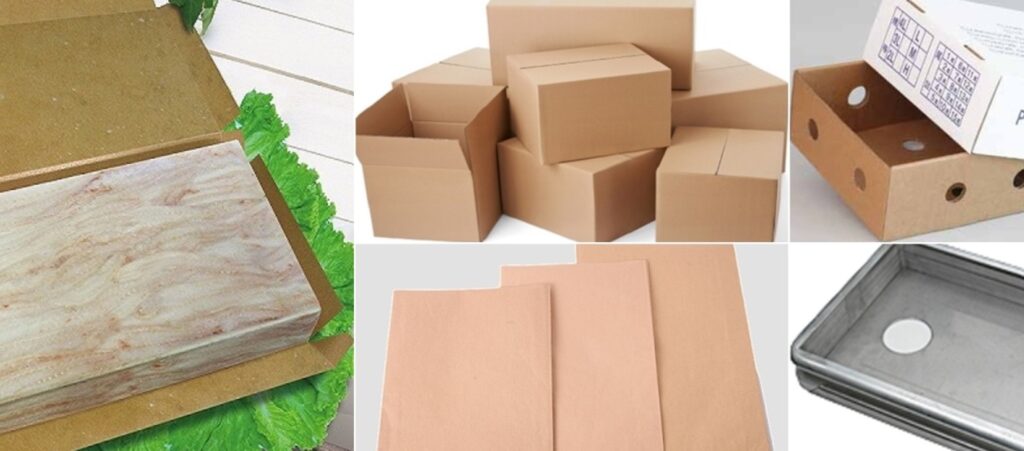When it comes to delivering or selling seafood, packaging isn’t just an afterthought—it’s a game changer. Whether you’re a seafood processor, fishmonger, wholesaler, or even a local fisherman, how you package your fish plays a major role in preserving quality, preventing spoilage, and building customer trust. So, how do you know which fish packaging materials supplies are best for your needs?
In this guide, we’ll walk you through what makes great fish packaging, the materials to consider, and how products like insulated packaging bags boxes can really make a difference. All in simple terms, with real-world examples.
Why Fish Packaging Matters More Than You Think
Imagine ordering a fresh salmon filet and it arrives squished, leaking, and smelling way too fishy. That’s not just disappointing—it’s a health hazard. The right fish packaging materials supplies keep your product fresh, clean, and presentable all the way from the sea to the consumer’s plate.
Good packaging is:
-
Essential for hygiene and safety
-
Key to maintaining temperature control
-
Important for appearance and shelf appeal
-
A tool for reducing environmental impact (when chosen wisely)
From frozen fillets to live shellfish, different seafood types require different packaging approaches. Let’s dive into the common materials and tips.
Common Types of Fish Packaging Materials
Choosing the right materials isn’t one-size-fits-all. Each material has its purpose and strength depending on how long the fish will travel, how it’s stored, and what condition it needs to be in on arrival.
Polyethylene and Polypropylene Films
-
These are the plastic films often used to vacuum-seal fish portions.
-
They’re moisture-resistant, keep out oxygen, and extend shelf life.
-
Great for frozen fish or retail-ready packaging.
Corrugated Fiberboard Boxes
-
Ideal for bulk shipments of packed seafood.
-
Strong, stackable, and recyclable.
-
Can be wax-coated for moisture resistance.
-
Often used with insulated packaging bags boxes to keep contents cold during shipping.
Styrofoam or Foam Trays
-
Lightweight and insulating.
-
Often used with cling film for pre-cut or deli-style fish pieces.
-
Not very eco-friendly, so alternatives are gaining popularity.
Plastic Crates and Tubs
-
Reusable and heavy-duty.
-
Great for transporting live fish or bulk seafood to markets.
-
Often used in wet conditions like fish auctions or docks.
Where Do Insulated Packaging Bags Boxes Come In?
Insulated packaging bags boxes are the unsung heroes of seafood delivery. These are specialized containers designed to maintain cold temperatures and protect fish from heat, shock, and contamination.
Here’s why they matter:
-
They prevent temperature fluctuations which can lead to spoilage.
-
They reduce ice melt and moisture leakage.
-
They add a layer of shock resistance, useful during bumpy shipping rides.
For example, a small fish vendor shipping fresh trout to a restaurant across the state can use insulated packaging bags boxes with a bit of dry ice to ensure the fish arrives as if it just came out of the river.
Eco-Friendly Packaging Alternatives
We’re all becoming more aware of our environmental footprint. The seafood industry is no exception. Thankfully, many fish packaging materials supplies now come with eco-conscious options:
-
Compostable films made from plant starch.
-
Biodegradable trays and boxes.
-
Recyclable liners and wraps.
-
Paper-based insulated packaging instead of plastic foam.
Even insulated packaging bags boxes now have versions made from recycled paper fiber, cork, or gel packs that can be reused.
Switching to eco-friendly options doesn’t just help the planet—it also appeals to customers who want their food choices to reflect their values.
Tips for Choosing the Right Packaging for Your Fish
Every business or individual working with seafood has different needs. That said, a few golden rules apply across the board:
-
Consider the journey – Will the fish travel for 2 hours or 2 days? For longer trips, temperature control becomes crucial.
-
Think about presentation – If you’re selling direct to consumers, a clean, attractive package can be as important as the fish itself.
-
Plan for leakage – Use absorbent liners or trays to manage melting ice or fish fluids.
-
Go for airtight sealing – Vacuum-sealing prevents freezer burn and extends shelf life.
-
Match the package to the product – Whole fish may need a crate, while delicate fillets do better in vacuum bags with padding.
-
Use secondary packaging – Combine primary wraps with insulated packaging bags boxes for superior freshness.
Storage and Handling Advice
Good packaging is just one part of the puzzle. How you handle the fish before and after packaging also matters:
-
Always chill the fish to the correct temperature (typically 0°C to 4°C for fresh fish).
-
Keep fish dry, especially when using cardboard-based packaging.
-
Avoid overpacking, which can crush the fish and ruin presentation.
-
Don’t reuse single-use packaging, especially if it’s absorbed odors or fluids.
Using fish packaging materials supplies the right way ensures that the hard work of catching, processing, and preparing seafood doesn’t go to waste due to poor storage practices.
Real-World Use Cases
Let’s look at how people in the seafood world use various materials:
-
A small-scale tuna exporter vacuum-packs the fillets, places them inside insulated packaging bags boxes with gel packs, and uses corrugated outer cartons for air shipping.
-
A fish stall vendor uses reusable plastic tubs with crushed ice for live fish and wraps fillets in biodegradable paper for local customers.
-
An online seafood delivery business uses compostable vacuum pouches inside recyclable insulated packaging bags boxes, appealing to both freshness and eco-conscious buyers.
Each of these examples shows how packaging choices are tailored to specific needs—and how innovation is improving the way we handle seafood.
Final Thoughts: Quality Packaging = Quality Seafood
If you’re in the seafood business—or even just an enthusiast who enjoys sending fresh catches to friends—don’t underestimate the importance of proper fish packaging materials supplies. The right combination of materials not only protects the fish but enhances your product’s value, brand reputation, and environmental responsibility.
And remember, when in doubt, insulated packaging bags boxes are your go-to solution for keeping seafood fresh during transport. With a growing range of options available—from eco-friendly boxes to advanced vacuum-sealed films—you have plenty of choices to match your mission and your market.
Fresh fish deserves fresh thinking—and that starts with smart packaging.




More Stories
Keep Your Restaurant Running: The Complete Guide to Expert Grease Trap Cleaning and Pumping
Craft Beer Strategies to Build Loyalty and Brand Power
How to Find a Reliable Electrician Near Me in Santa Monica and Los Angeles